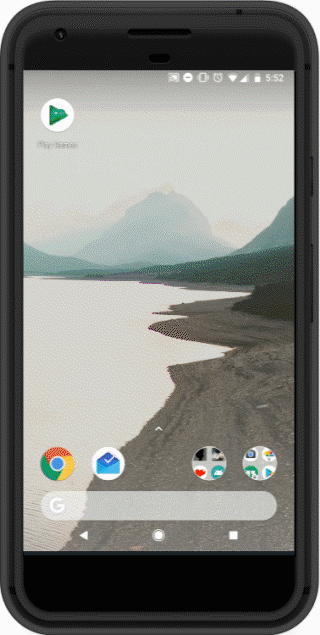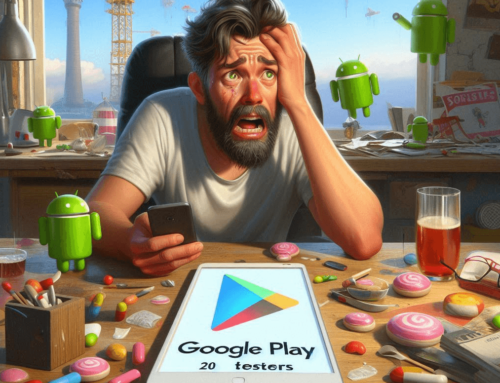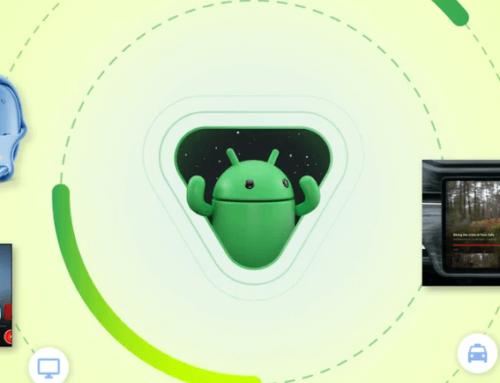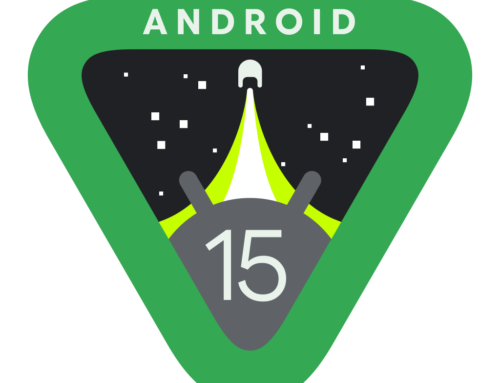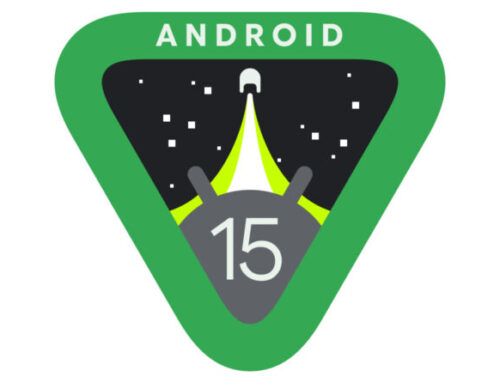I hate smartphone clutter and after using it for a while you get to the point where there’s too much stuff on your phone. You install an app to try and see if it does what it’s supposed to do, you install games to test them out and before you know it you’re out of space. That taught me to be very selective with what I install and if an app/game doesn’t do what I expect it to do I uninstall it quite fast.
From an Android user’s point of view, this is actually a discoverability issue. It’s quite difficult to find exactly what you need without installing that particular app or game first. Partly because devs exaggerate what an app/game does, partly because Google Play doesn’t return the perfect match for you.
From a developer’s point of view, having users that uninstall your app/game very soon after they had it installed poses a ranking problem. Google takes into account the true install ratio (meaning users that keep the app/game installed for a while) and the lower that value is, the lower that app/game will be displayed in search results. Ultimately leading to a discoverability issue.
Google sensed it could do better in solving the discoverability issue and thus launched last year a test program called Instant Apps. Basically, as its name suggests it, this would allow users to try an app before installing it.
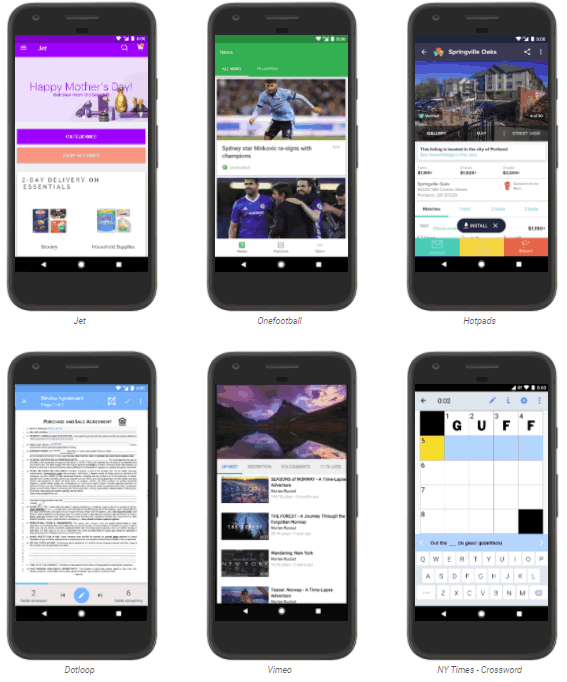
This is the “try-before-you-buy” model from desktop software ported onto mobile apps. Instant Apps offers benefits for both users and devs:
- It reduces clutter on your smartphone. Testing out an app before installing it helps you decide if you want to keep it or not.
- It doesn’t affect the true install ratio. For developers on the other hand, having an instant app ditched doesn’t affect their ranking. Not to mention that it isn’t a separate Android app, it’s the same apk but upgraded.
Integrating the Instant Apps functionality requires upgrading an existing app (built with Android Studio) following a procedure Google published to help devs:
- Develop a use case. Think of the app as a set of features rather than a whole. You’ll need to pick that one core feature that brings the best in your app to showcase it for users.
- Prepare your app for conversion. You’ll need to do some prerequisite changes to prepare your app for converting to an Instant app (i.e. supporting app links, runtimes, etc).
- Install its SDK. There’s a separate Instant Apps SDK that is required to be integrated.
- Build an instant app. Power of example, first build the most simple instant app and then move onto yours. If you’re using Android Studio, it’s also possible to refactor it to become an instant app.
- Plan its structure and build it. The more complex your app is, the more difficult it will be to re-structure it to fit the Instant Apps model. That’s where the “keep it simple, stupid” pays out.
- Test and distribute. The release is managed through the Google Play Console, just as a regular launch.
The only problem with Instant Apps is that since last year when it was first introduced, the adoption rate with Android devs has been very slow. Partly due to the effort involved into converting a regular app into one that has support for Instant Try and the lack of motivation. The second problem here is that more than 2/3 of all installations on Google Play are for games and not apps. Enter Google Play Instant, the “Instant Apps” version but for games.
Google finally extended the instant app tryout model to games as well. Launched only for a few days, Google Play Instant basically allows users to try out a game (partially) without having to install that first. The delay from the Instant Apps launch is normal, given that games are even tens of times bigger (in terms of file size) than apps. Right now the program is in its infancy, with only a handful of games being available through Google Play Instant: Clash Royale, Words with Friends 2, Bubble Witch 3 Saga, Panda Pop, Solitaire by Zynga, Jam City, MZ, Hothead and a few others. There’s even a collection created with games that currently support instant trys: Google Play Instant Games.
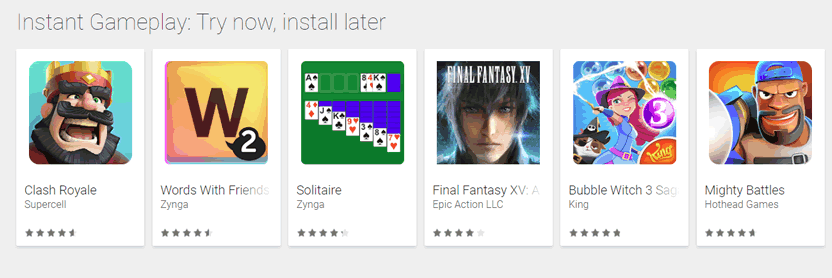
The main limitation here is size. Google Play Instant allows game developers to provide a file that’s up to 10MB in size (for instant apps the limit was 2MB). That’s why don’t expect wonders when trying out an instant game, as at most you’d be able to play a level or two or experience briefly the gameplay. But still, it’s much better than having to install 100+Mb just to find out you don’t like it. Here you can see it in action on trying out Clash Royale:
Aside the introduction of Google Play Instant for games, the Google Play Games app was also updated to help with discoverability. Now there’s video trailers in certain game categories (i.e. Arcade) and user videos related to games you are interested in (pulled from YouTube). If Google Play Instant for games will be more widely adopted than Instant Apps remains to be seen. In the meantime, as a user I have high hopes to see this implemented in as many games as possible.

